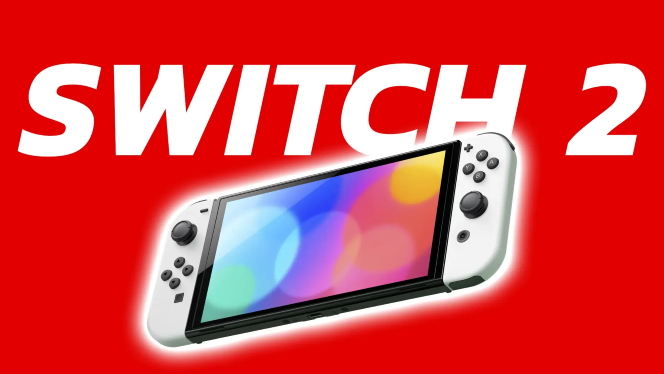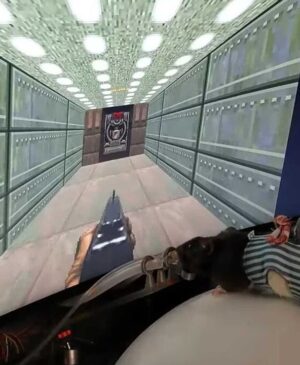More rumors about the yet-to-be-announced successor to the Nintendo Switch.
In the video embedded below, Moore’s Law Is Dead claims what he says, citing Nvidia sources. According to him, most games on the platform will use DLSS (deep learning supersampling; artificial intelligence, machine learning-based upscaling). It won’t be mandatory, but Nvidia’s tool could help push the system’s technological limits, as the chip in the console won’t even match the performance of the current weakest current-gen console, the Xbox Series S.
It’s not a big surprise that the successor to the Nintendo Switch will be somewhat technologically outdated, as it will be cheaper to produce, there will be no shortage of inventory, and it will be cheaper for consumers to buy. Nvidia reportedly offered Nintendo several options for the hybrid platform’s SoC (system-on-a-chip). One option would have been based on Nvidia’s latest architecture, Ada Lovelace (seen in the GeForce RTX 4000 graphics cards).
Nintendo, on the other hand, wanted a cost-optimized SoC from Orin based on the older Ampere architecture (GeForce RTX 3000 cards), which makes sense since the Japanese company didn’t want the best handheld performance. However, there will be some Ada Lovelace-based features in the chip, so it will be better in terms of power consumption. So it will be interesting to see how the platform performs against non-specific hardware.
The successor to the Nintendo Switch has yet to be announced by the Japanese company, and it may not be until June that the company will do so, as rumors have suggested that the platform’s release has been delayed. So far, the rumor was that it could hit the shelves by the end of 2024, but since the big N wants to launch its next platform with a bigger inventory, not to mention its internally developed (first-party) games offering, it has pushed the release to early 2025, so it could be in the first quarter, ie the end of March at the latest.
But none of this is official yet.
Source: WCCFTech















Leave a Reply